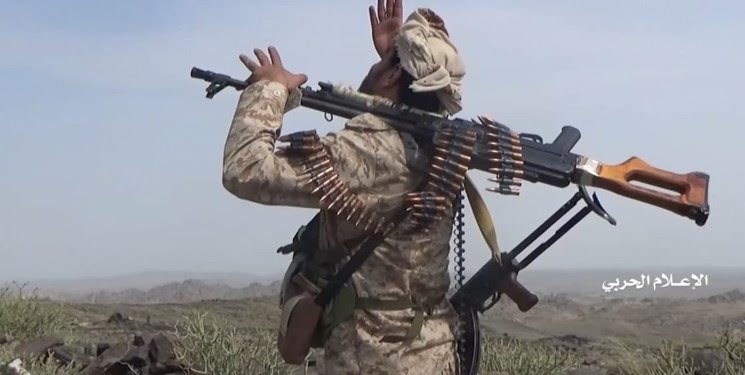American Base Analysis: The Saudi game in Yemen is coming to an end.
Saudi Arabia and its allies failed to defeat the Yemeni army and popular committees, and Riyadh’s launch of the war turned Sanaa’s forces into a more powerful and powerful fighting force, the US Responsible State Craft analytics site reported.
The report goes on to say that the Saudi calculation was wrong in deciding to launch Operation Asifa al-Hazm in March 2015; Lightning victory was supposed to be achieved against a “weak enemy” with little equipment, but this war has now become a quagmire that has been going on for six years.
“Instead of defeating the Yemeni army, these forces have now become more efficient combat forces because of the war waged by the Saudis, and the war is fast coming to an end,” the website stressed.
Responsible State Craft added that over the past three months, army forces and popular committees have recaptured significant parts of land under the resigned Yemeni government (backed by Riyadh) with the help of allies in most areas of al-Bayda, Ma’rib and wealthy and oil-rich provinces. Shabwa have become dominant.
On September 23, the Yemeni army’s missile force fired a missile at the al-Khashna military base, the last base of the Hadi forces in northern Yemen, near the city of Naftkhair Ma’rib, the report said. Sanaa forces then took control of the base with ground attacks.
The website then covers the operations of the Yemeni army and popular committees outside the country, and states that the Yemeni armed forces are using advanced drones and missiles to put pressure on Saudi Arabia. Last August, Yemeni forces targeted Abha Airport in the Asir region of southern Saudi Arabia, and on September 4, they launched a missile operation against a target in the Saudi Al-Sharqiya region. The missile, which the Saudis claimed to have countered, had traveled more than a thousand kilometers from the firing point in northern Yemen.
The US base added that these operations, along with recent operations in Marib, show that the Yemeni armed forces continue to upgrade their missiles and drones. The drones and missiles that the Yemeni armed forces are building are less expensive than the ones that Riyadh has to pay for its air defense.
The report goes on to say that the situation in Saudi Arabia in Yemen is very similar to the previous US situation in supporting the former government in Afghanistan. The influx of wealth and weapons from Saudi Arabia to his lawyers in Yemen has increased corruption, inefficiency and disobedience.
The website stressed that the end of the game is near for Sanaa’s main rival, the resigned Yemeni government, and that Saudi Arabia is reducing its support for the government. Ansarullah’s domination of Ma’rib is near, and the tribal leaders are taking steps to secure their interests in accordance with Ansarullah’s victory.
At the end of the report, after six years of war in Yemen, there is little hope that a force inside or outside Yemen will be able to defeat Sanaa militarily.
Recently, Yahya Sari, a spokesman for the Yemeni Armed Forces, announced the full liberation of the strategic province of al-Bayda, detailing missile and drone operations against elements of al-Qaeda, ISIS and Saudi coalition allies in the province.
Earlier, a spokesman for the Yemeni Armed Forces announced the liberation of the 1,600-square-kilometer towns of Majzar and Raghwan.









